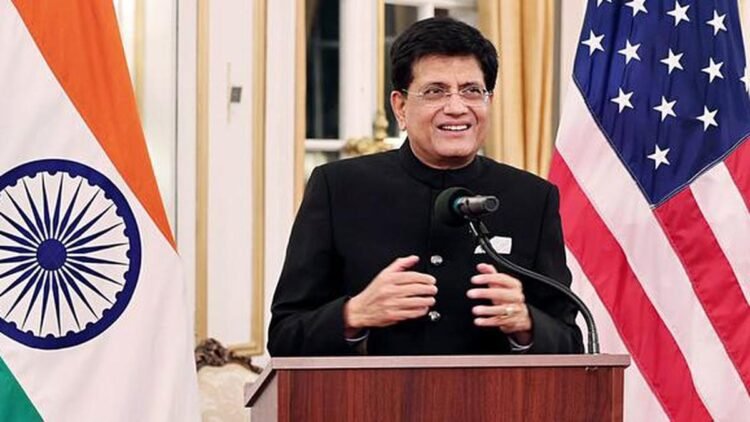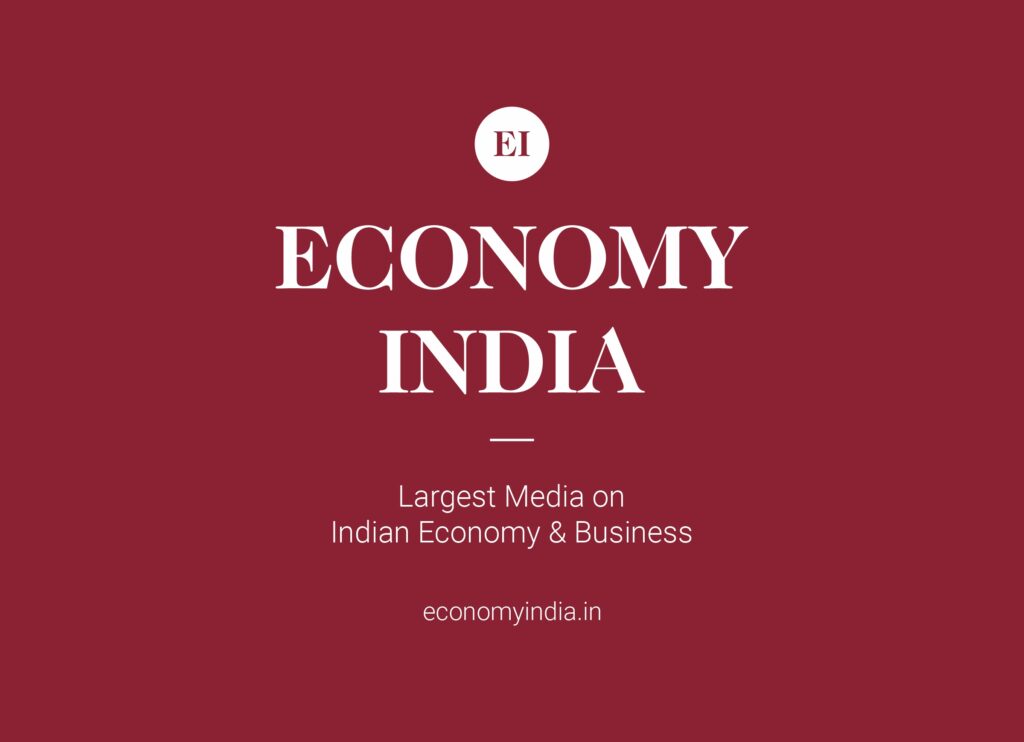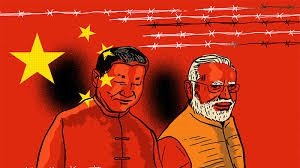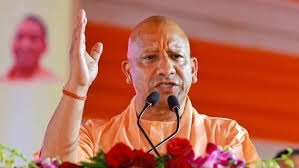✍️ Economy India Bureau
📍 New Delhi [Economy India] ; In a major move to strengthen India’s global trade footprint, Commerce & Industry Minister Piyush Goyal Piyush Goyal on Monday announced that the government will soon roll out fresh export guidelines aimed at helping Indian exporters expand into new international markets, while also supporting first-time exporters.
“India’s export growth must include micro and small businesses, artisans, and emerging entrepreneurs — not just large corporates,” Goyal said.
🌐 Focus on New & Emerging Global Markets
Goyal emphasized that India must go beyond its traditional trading partners like the US and EU and target high-potential but underserved regions such as:
- Latin America
- Eastern Europe
- Africa
- Southeast Asia
The upcoming export policy will include:
- Identification of market-specific product categories
- Incentives for new exporters and MSMEs
- Export facilitation through a single-window digital portal
- E-commerce export enablement via platforms like Amazon and Flipkart
- Custom promotion strategies for each region
🏷️ Boost to ‘One District One Product’ (ODOP) Scheme
The minister also highlighted that the Ministry will actively partner with Indian districts to promote local, ODOP-tagged products for global exports.
Examples include:
- Bhadohi carpets
- Moradabad brassware
- Surat textiles
- Kollam seafood
Special branding, international trade shows, packaging support, and buyer-seller linkages will be used to push these products into foreign markets.
📊 Economic and Employment Impact
The policy shift is expected to:
- Increase non-traditional exports
- Create rural and district-level employment
- Empower MSMEs to enter global value chains
- Contribute significantly to the government’s $2 trillion export target by 2030
“This is not just a trade move, it’s a grassroots-level economic strategy,” Goyal said.
🔍 Conclusion: India’s New Export Playbook
The soon-to-be-announced export guidelines reflect a bottom-up approach to trade — empowering first-time exporters, local producers, artisans, and MSMEs with access to global markets. Combined with the ODOP framework, India is aiming to create a wider, more inclusive export ecosystem.
With smart policy design, tech-driven platforms, and focused promotion, India’s export story is set to reach new geographies and new players.
(Economy India)
Source (PTI)















